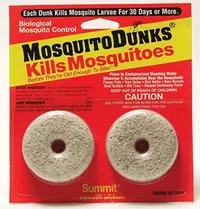Mystery bites? How to identify what's really biting you (even if you see nothing)
It's possible to identify bug bites even when you can't see the pest
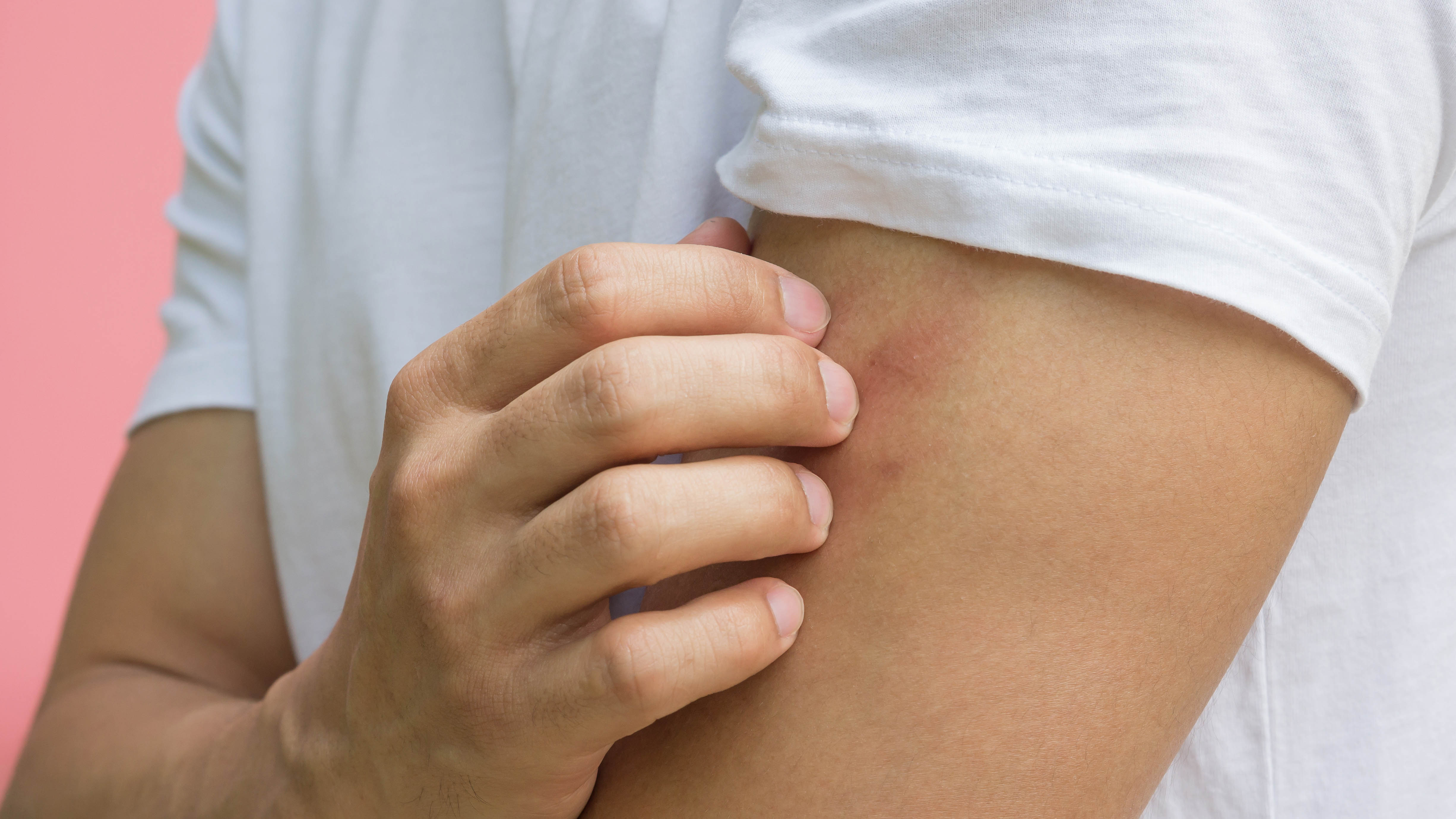
You wake up with mysterious red bumps on your skin, and despite searching every inch of your bedroom, you can't find a single bug. This frustrating scenario plays out in countless homes every night, leaving people scratching their heads along with their skin.
The truth is, many biting insects are masters of hide-and-seek, emerging only when you're asleep and disappearing before dawn breaks. Some are so tiny they're practically invisible to the naked eye, while others are expert hiders that know exactly where to conceal themselves during daylight hours.
Different bugs leave distinctive calling cards in the form of bite patterns, timing, and locations on your body. By becoming a detective of your own skin, you can identify the culprit and take action.
Here's how to identify what's really biting you.
1. Mite bites
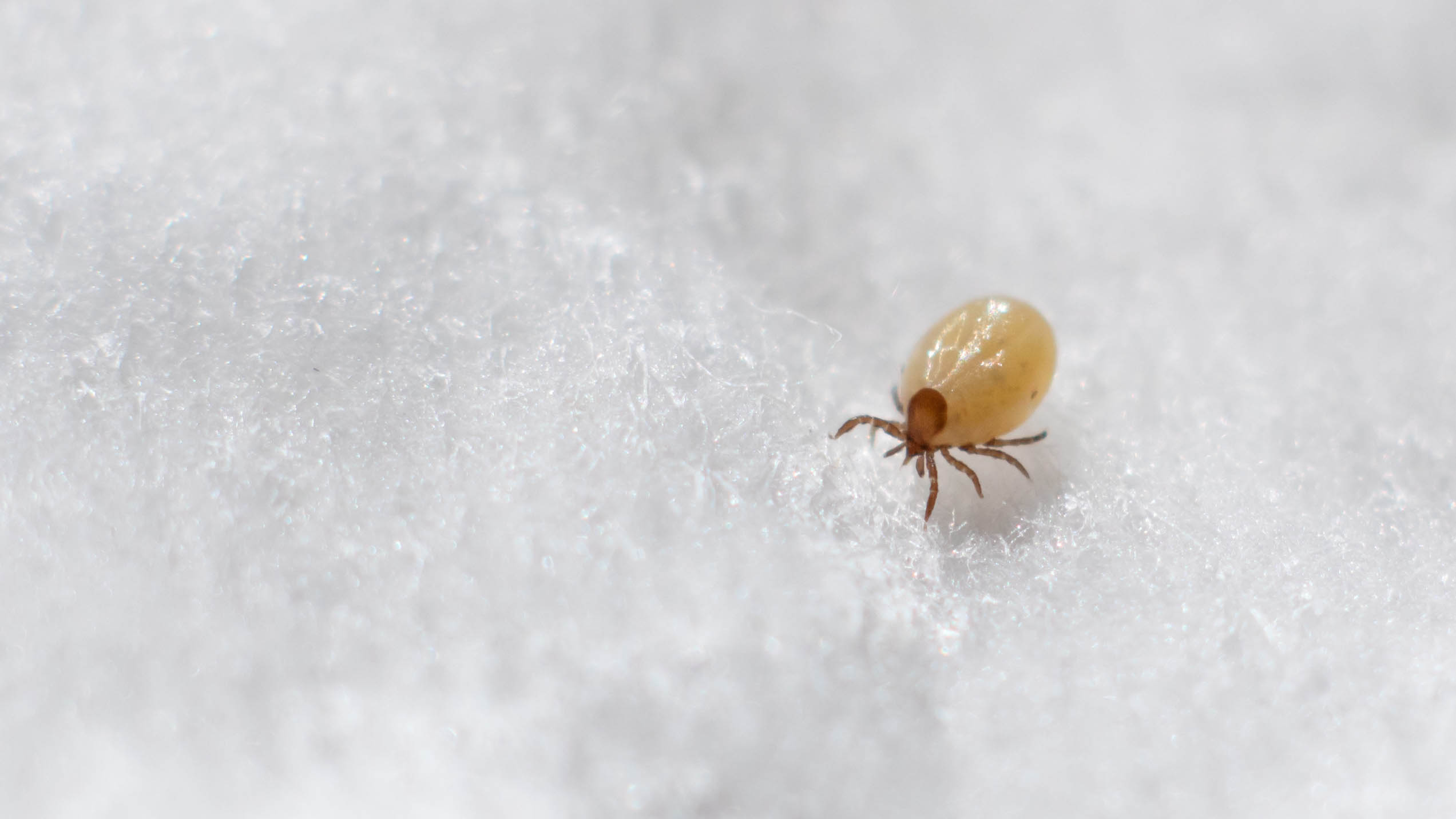
Mites are incredibly small arachnids that often go unnoticed until their bites become unbearable. These tiny pests appear as moving specks of sand and are best detected by placing a dark sheet of paper in suspected areas.
Mite bites typically appear as small, inflamed bumps that look red on light skin and dark purple or brown on darker skin. Unlike other insect bites, mite bites rarely create noticeable puncture marks and instead manifest as widespread rashes or clusters of tiny, itchy bumps.
The bites are usually very small and may be accompanied by acne-like symptoms. If you suspect mites, wash all bedding and fabrics in water heated to at least 130°F or run them through a high-heat dryer cycle for 15 minutes.
2. Bed bug bites
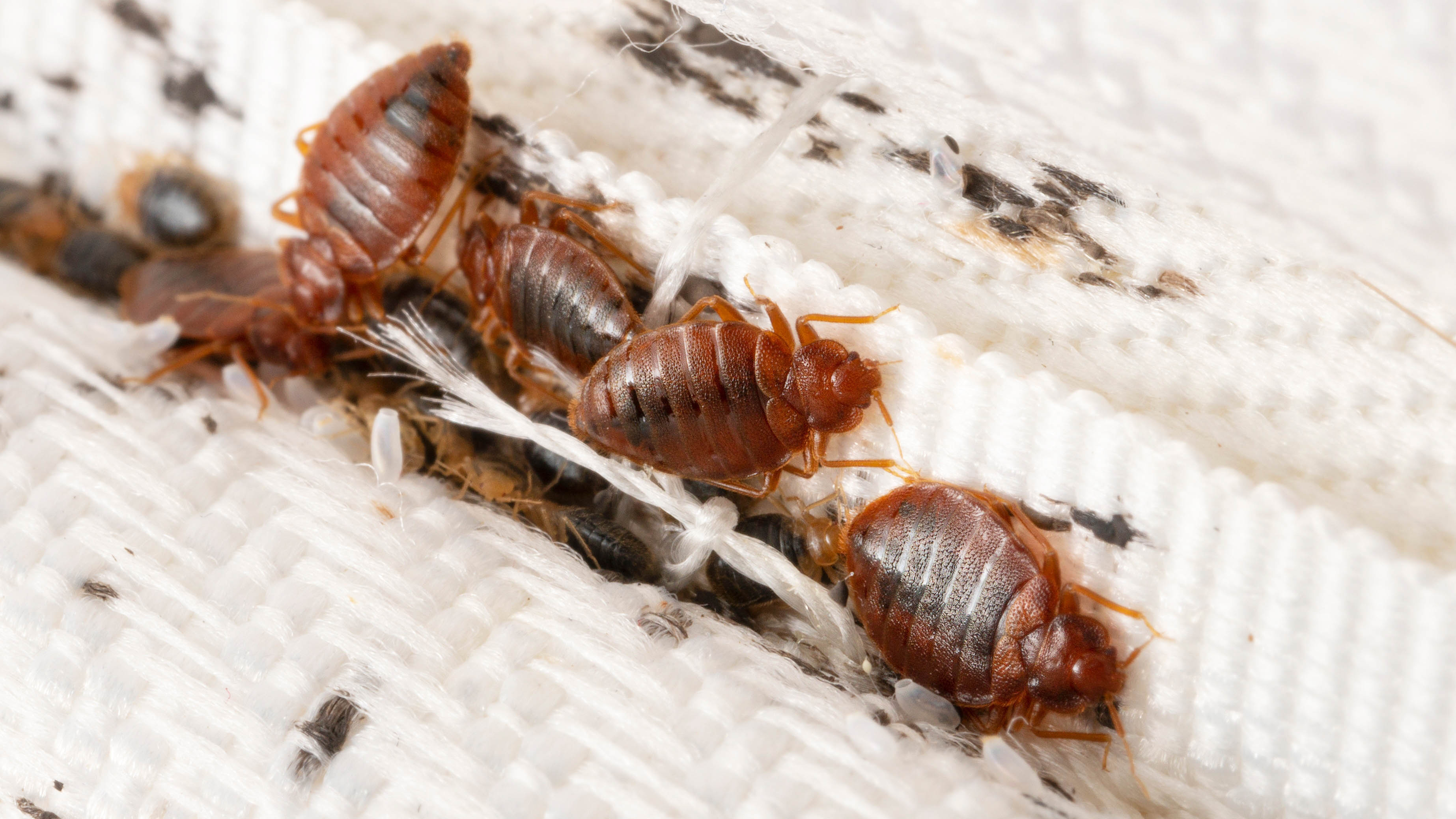
Bed bugs are oval-shaped, flattened insects about 5mm long that hide during the day and emerge at night to feed. Their bites appear as painless clusters on areas of your body that were exposed while sleeping, particularly your face, neck, arms, and hands.
The telltale sign of bed bug activity is finding rust-colored spots on your sheets from crushed bugs or their excrement. Bed bug bites often appear in groups or lines and may take up to two weeks to fully develop, with some people showing no reaction at all.
Look for these bites primarily after waking up, as bed bugs rarely bite during daylight hours when you're awake and moving around.
3. Flea bites

Fleas are small, wingless insects that typically enter homes via pets and prefer to bite the lower portions of your body. Flea bites appear as small, discolored bumps primarily on your feet, calves, and ankles, often with a discolored ring around each bite.
These bites can appear in straight lines or clusters and are usually concentrated on your legs rather than spreading across your entire body. To detect fleas, wear light-colored pants and watch for jumping insects, or place a bowl of warm soapy water with a candle on the floor to attract them.
Flea infestations are most common in households with pets, so check your animals for signs of scratching or irritation.
4. Mosquito bites
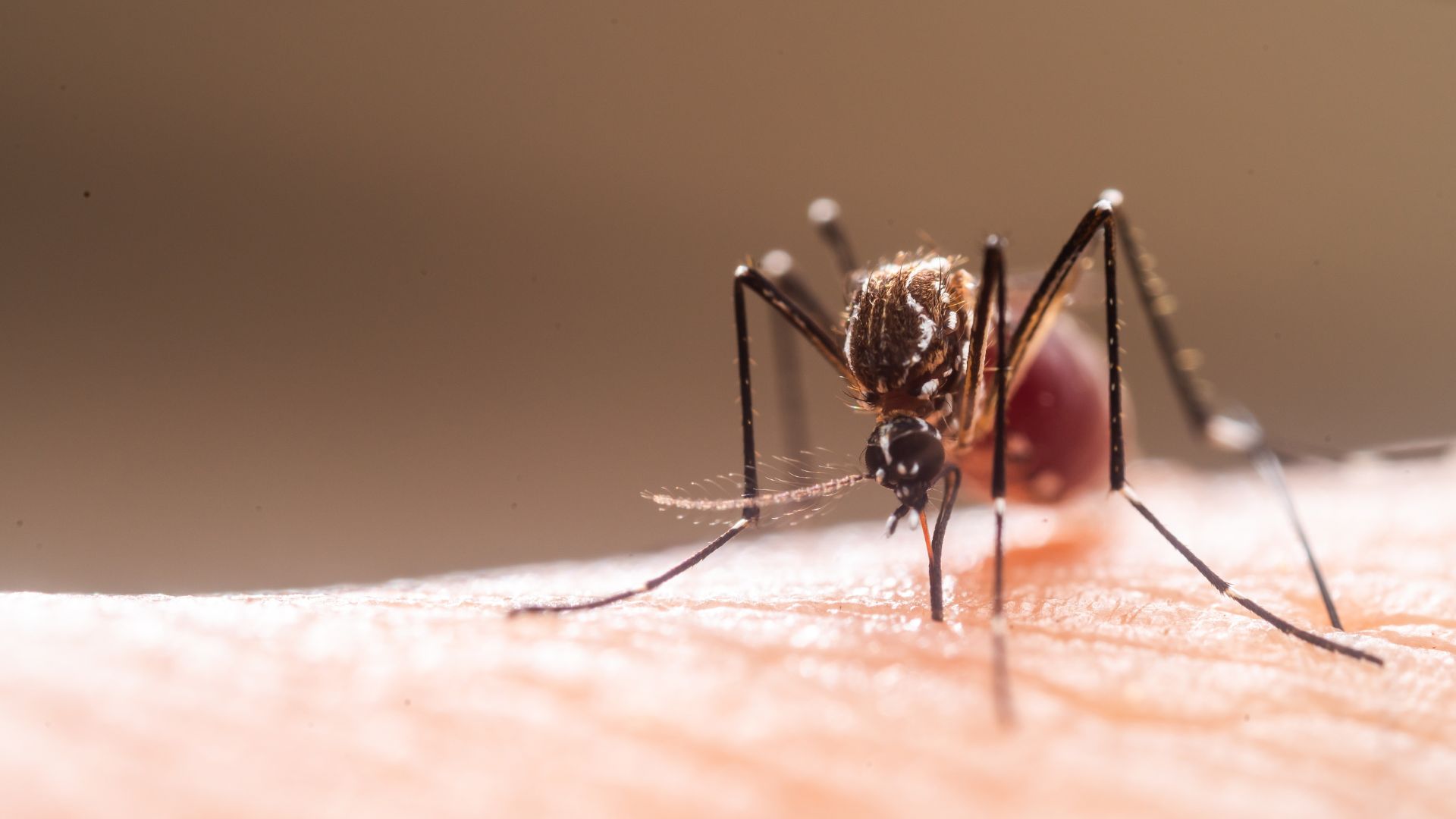
Mosquitoes create raised, red welts that typically appear as single bumps rather than clusters, distinguishing them from bed bug bites. These bites develop quickly after being bitten and worsen over the following 8 to 12 hours before gradually healing over about 10 days.
Mosquito activity peaks during evening and early morning hours when temperatures are cooler, and they're more likely to bite exposed skin while you're sitting outdoors or sleeping with windows open.
Unlike other indoor biters, mosquitoes don't usually establish permanent residence in your home but rather enter from outside to feed and then leave.
Formulated to release effective levels of BTI for a period of 30 days, this two-pack of mosquito dunks is non-toxic and will kill mosquito larvae before it has the chance to bite. And, as an added bonus, they double as a great fungus gnat treatment for your plants.
Document bite patterns
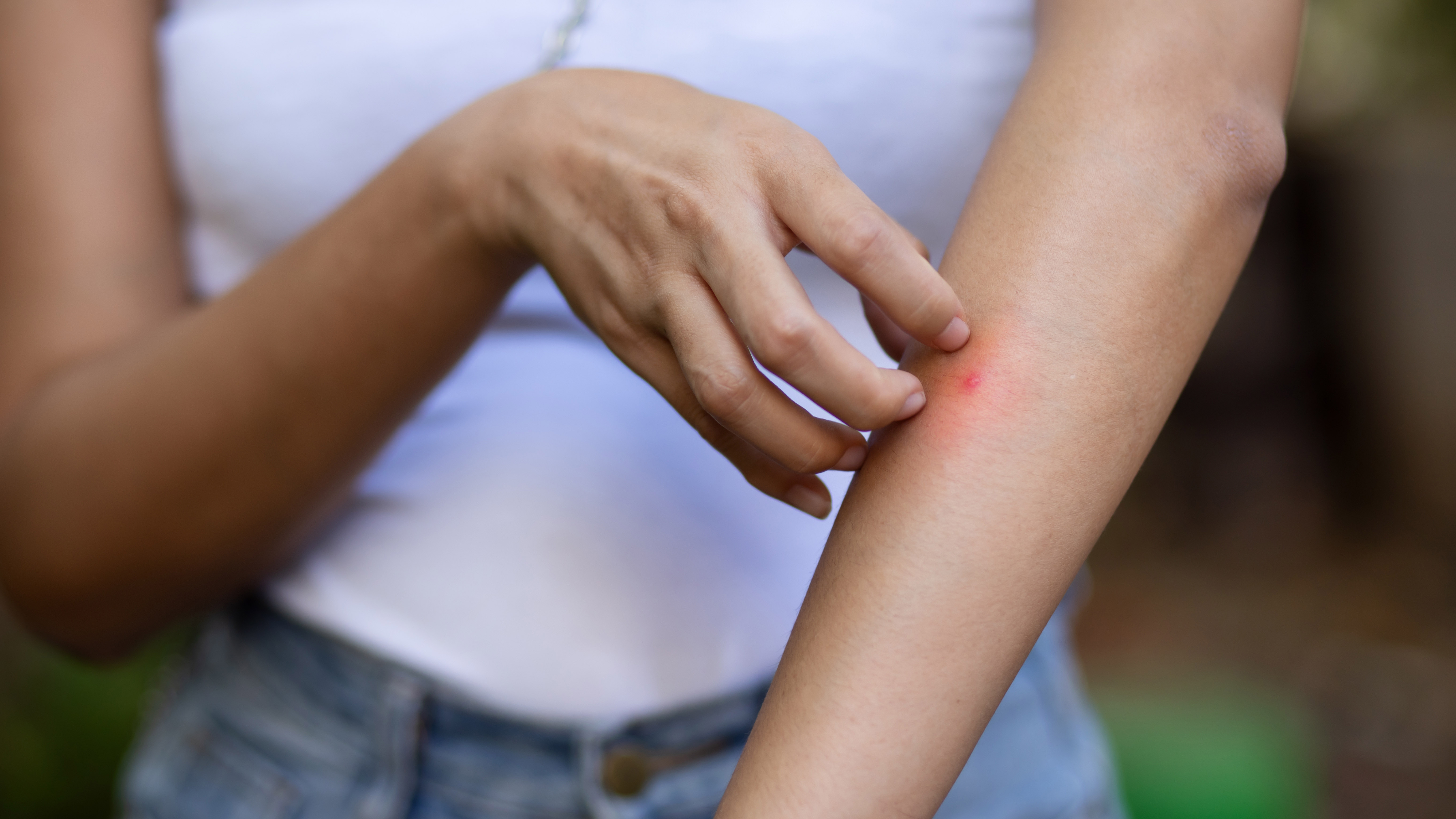
Keep a record of when bites appear, where they're located on your body, and any accompanying symptoms to help identify patterns. Take photos of the bites to track their development and healing progress, noting whether they appear in clusters, lines, or as isolated bumps.
If you can't identify the source after checking for the common culprits, or if bites are accompanied by severe reactions like fever, excessive swelling, or signs of infection, consult a healthcare provider.
Some people have allergic reactions to insect bites that can complicate identification, and certain medical conditions can cause skin irritation that mimics insect bites. Of course, if you start to suspect you have an allergic or extreme reaction to insect bites, consult your health practitioner for an expert opinion.
Now you've learned how to identify which bugs are biting you, why not take a look at our other useful guides?
Check out here's 7 things that attract mosquitoes to your yard and 5 pests that bite you in your sleep.
Plus, here's 5 things not to do when repelling pests, according to experts.
More from Tom's Guide
- Your security cameras are in the wrong spots — here's how to fix it
- Study reveals your suitcase is dirtier than a toilet — here’s how to clean it
- Filthy water bottle? Here’s how to clean it the right way
Get instant access to breaking news, the hottest reviews, great deals and helpful tips.

Kaycee is Tom's Guide's How-To Editor, known for tutorials that skip the fluff and get straight to what works. She writes across AI, homes, phones, and everything in between — because life doesn't stick to categories and neither should good advice. With years of experience in tech and content creation, she's built her reputation on turning complicated subjects into straightforward solutions. Kaycee is also an award-winning poet and co-editor at Fox and Star Books. Her debut collection is published by Bloodaxe, with a second book in the works.
You must confirm your public display name before commenting
Please logout and then login again, you will then be prompted to enter your display name.
